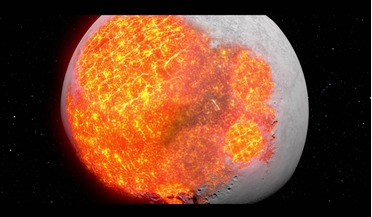 02 October 2018
New technique could provide fresh insights into how the Moon was formed
02 October 2018
New technique could provide fresh insights into how the Moon was formed
... turned to a novel imaging technique that involves bouncing X-rays off a common green mineral – olivine – found in the Moon rock samples to study them in greater detail than ever before. Olivine in magma is mainly made up of magnesium and iron...
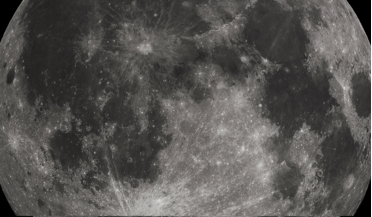 28 January 2019
Oldest Earth rocks found on the Moon
28 January 2019
Oldest Earth rocks found on the Moon
... temperatures, rather than in the low water and higher temperature conditions associated of the Moon. So just how did the ancient Earth rock end up on our lunar neighbour eons ago? After developing techniques for locating impactor...
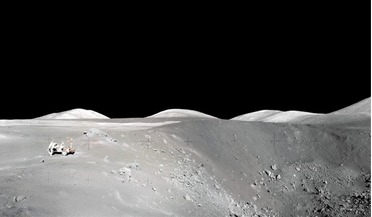 January 2020
Old rocks, new tricks - a lunar link to modern volcanology
January 2020
Old rocks, new tricks - a lunar link to modern volcanology
... samples by cutting, grinding and polishing. Thanks to advances in 3D X-ray imaging, measuring chemical zonation inside olivine from Moon rocks can now be conducted non-destructively. This work has already begun, and the team is looking forward...
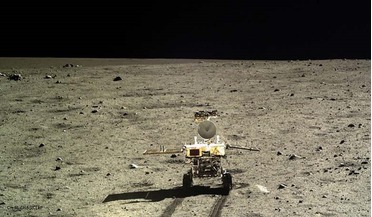 23 December 2015
First new 'ground truth' in 40 years as Chinese rover Yuto presents analysis of moon rocks
23 December 2015
First new 'ground truth' in 40 years as Chinese rover Yuto presents analysis of moon rocks
... conducted from orbit. However, by using this method, it is only the ground-up surface layer of fragmented rock that blankets the moon – the regolith – that is primarily detected, material that is typically mixed and difficult to interpret. In order...
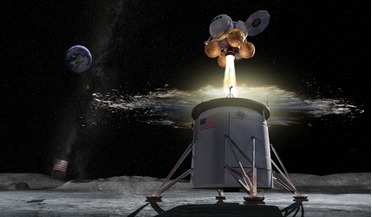 01 November 2019
Can Artemis deliver the payload it seeks from the Moon?
01 November 2019
Can Artemis deliver the payload it seeks from the Moon?
... provide a wealth of resources and information for both scientific and commercial purposes alike. But bringing these moon rocks back might be more problematic than it appears. At the end of September, NASA announced that it was officially seeking...
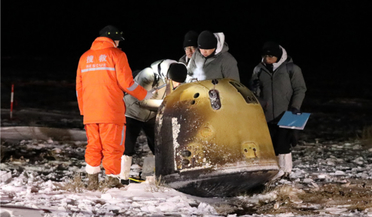 17 December 2020
Chang'e 5 probe returns to Earth with Moon rocks
17 December 2020
Chang'e 5 probe returns to Earth with Moon rocks
... successfully early Thursday morning with its cargo of lunar rocks and dust landing on the grasslands in northern China.... retrieve the capsule. During Chang'e 5's two days on the Moon, it collected two kilograms (4.5 pounds) of material in a volcanic...